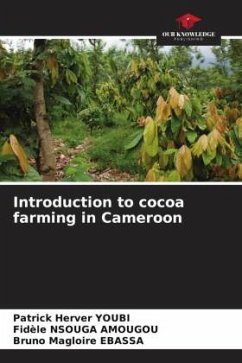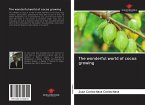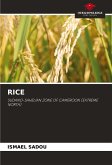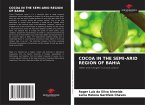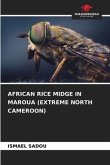The introduction of the cocoa tree in Africa is relatively recent. It took place in two main stages: a first single wave of introduction in Central and West Africa, and then a second successive wave of introduction in Cameroon. After the 1950s, material resulting from crosses between high Amazonian (UA) cocoa trees was disseminated throughout the world, particularly in Africa, through research institutes.Cocoa farming is a very old activity since the cocoa tree was cultivated by the Maya in Central America and Mexico well before the discovery of the New World by the Spanish in 1502.In Cameroon, the cocoa orchard covers an area of about 400,000 ha. Cocoa is cultivated by about 260,000 small farmers and provides a living for more than one million people in the forest zone. The average yield of Cameroonian plantations is low, at around 300 kg/ha, whereas it can reach 2,000 kg/ha when cocoa is grown under optimal conditions.
Bitte wählen Sie Ihr Anliegen aus.
Rechnungen
Retourenschein anfordern
Bestellstatus
Storno

